This article was medically reviewed by Luba Lee, FNP-BC, MS. Luba Lee, FNP-BC is a Board-Certified Family Nurse Practitioner (FNP) and educator in Tennessee with over a decade of clinical experience. Luba has certifications in Pediatric Advanced Life Support (PALS), Emergency Medicine, Advanced Cardiac Life Support (ACLS), Team Building, and Critical Care Nursing. She received her Master of Science in Nursing (MSN) from the University of Tennessee in 2006.
There are 8 references cited in this article, which can be found at the bottom of the page.
This article has been viewed 37,672 times.
Athlete’s foot is caused by highly contagious fungi that like to live on the warm, moist skin between the toes. The condition can cause serious—and at times painful—itching. The good news is that it’s relatively easy to stop the itching. Most people use an over-the-counter (OTC) antifungal cream, although if your case of athlete’s foot is especially severe, you may need to visit a doctor for a prescription-strength antifungal cream.
Steps
Applying Over-the-Counter Products
-
1Apply an OTC antifungal cream to the rash for quick relief. Squeeze out a pea-sized dollop of the ointment on the tip of 1 finger, and use the finger to spread the cream across the skin that’s afflicted with athlete’s foot. Reapply 1–2 times daily, or as often as the packaging directions suggest. Topically-applied creams are the most common means of stopping itching caused by athlete’s foot.[1]
- There's a small chance that the fungus could spread to your hands as a result of direct skin-to-skin contact. Prevent this from happening by wearing a pair of latex gloves when you apply the antifungal cream. Throw the gloves away once you're done applying the cream.
- You can purchase a variety of brands of OTC antifungal creams at any local supermarket, pharmacy, or drugstore.
- Look for creams with antifungal drugs that include drugs like: terbinafine, clotrimazole, econazole, or miconazole. Terbinafine requires 1 daily application, while other antifungal creams require 2 applications daily. It may take up to 4 weeks for the fungus to clear.[2]
- Do not use terbinafine (Lamisil) on children under 12 years old. Use miconazole (Desenex, Neosporin AF) or clotrimazole (Lotrimin AF or generic) instead.
-
2Sprinkle antifungal powder over the itchy area for a dryer option. Some people don’t like the feeling of their feet being covered in cream, or may find it uncomfortable to wear shoes with the cream between their toes. In this case, try an antifungal powder. To use the powder, twist the cap until the dispenser top is open. Then, liberally sprinkle the powder across the areas of your feet that are infected with athlete’s foot.[3]
- Antifungal powders are for sale at drugstores and pharmacies, and should also be sold at many sport-supply stores. See if the sports store has a “Medical” section, and look for the powder there.
Advertisement -
3Cover the rash with an OTC antifungal spray for fast application. To apply, hold the spray nozzle about 2–3 inches (5.1–7.6 cm) away from the reddened, itchy skin. Spray the medicated liquid liberally across the infected surfaces of both feet. The itching should subside within 5–10 minutes. Like other kinds of OTC antifungal medication, you can purchase a spray at a nearby pharmacy or drugstore.[4]
- The disadvantage of the spray is that it doesn’t allow you to apply the medicine as precisely as you can with a cream, since you won’t be using your fingers to rub the spray in between your toes.
Seeing Your Doctor
-
1Agree to have a small scraping of skin removed to help with a diagnosis. In some cases, the doctor may be able to visually diagnose you with athlete’s foot just by looking at your reddened, infected skin. If not, the doctor will need to scrape off a small sample of the infected skin using a scalpel. The doctor will then examine the cells under a microscope to see if they’re infected with athlete’s foot.[5]
- In some cases, examining the cells under a microscope will yield inconclusive results. The doctor will then send the skin sample they’ve gathered to a laboratory for testing.
- Since the skin of your feet is thick, the scraping process should be relatively painless.
-
2Wait 1–2 weeks to find out the lab’s results from your doctor. Once the laboratory has had a chance to analyze the skin sample that your doctor sent in, they’ll contact your doctor with the diagnosis. If your cells tested positive for athlete’s foot, your doctor will suggest more aggressive treatments in order to stop the itching and clear up the rash. These treatments may include prescription creams and oral antifungal pills.[6]
- If you do not have athlete’s foot, the doctor will inform you of the actual cause of your rash. In most cases, it will likely be another type of fungal or bacterial infection.
-
3Request a prescription steroid cream if OTC treatments haven’t helped. If you’re dealing with a persistent case of athlete’s foot that isn’t responding well to OTC creams or powders, your doctor may prescribe a steroid cream. When used in combination with an antifungal cream, steroid creams can help stop even the worst itching and should clear up your case of athlete’s foot.[7]
- Closely follow the prescribed directions that come with the steroid cream. Apply it as often as directed, and stop using the cream as soon as the itching stops and the rash goes away.
-
4Take a prescription oral antifungal pill if your infection is severe. If you have a serious case of athlete’s foot, and OTC products aren’t doing much to stop the itching, your doctor can write you a prescription for an oral antifungal pill. These are quite a bit stronger than the topical OTC products, so be sure to take the pills only as often as the doctor directs.[8]
- Active drugs in oral antifungal pills commonly include itraconazole (Sporanox) and terbinafine (Lamisil).[9]
Using Natural Remedies
-
1Spread tea tree oil onto the itchy patches to stop the itching temporarily. Drip 3–4 droplets of tea tree oil into a carrier oil, like olive or coconut oil. Dab this oil mixture onto a cotton swab, and brush it lightly over the red, itchy patches on your foot. Apply the oil mixture throughout the day, as many times as needed. You should feel relief from the itching immediately. If the rash worsens or itchy symptoms become more severe, stop using the tea tree oil immediately.[10]
- You can purchase tea tree oil in the “organic” or “health food” section of most grocery stores. Also look at stores that sell essential oils.
- Tea tree oil has been medically proven to have an antifungal effect, and is a great way to relieve itchy symptoms in general.
-
2Soak your feet in a mustard bath to relieve itching and kill the fungus. Fill a bucket or kiddie pool with warm water from the faucet. Drop in about 1 tsp (2.67 g) of mustard powder, and stir the bath until the powder has diffused throughout the water. Immerse your feet in the water and keep them there for 15–20 minutes. After you pull them out, you should notice that the itching has stopped.[11]
- Try multiple mustard foot baths a day to keep the itching to a minimum.
- If you don’t have mustard powder on hand, you can use mustard oil instead. Drizzling half a dozen drops of mustard oil into your foot bath will also have a soothing effect on the rash.
-
3Relieve the itch with a foot soak made from baking soda. Mix 1/2 cup (68 g) of baking soda into a large bucket of lukewarm tap water. Use your hand or a wooden spoon to stir the mix thoroughly, until the baking soda has completely dissolved. Then, soak your feat in the baking soda mixture for 15–20 minutes. Repeat this twice daily—once in the morning and once in the evening—to stop the rash from itching and help clear it up.[12]
- Baking soda has antifungal properties, making it an ideal natural home remedy.
-
4Crush garlic into a footbath and soak your feet for relief from the itching. To use it in a footbath, crush up 3–4 garlic cloves with the flat edge of a chef’s knife. Fill your bathtub (or a large bucket) with warm water, and drop the cloves in. Stir the cloves through the water for about 30 seconds, then soak your feet in the water for a full 30 minutes.[13]
- Repeat the treatment up to 2 times daily, depending on the severity of the itching.
- Garlic has antifungal properties and is a great natural remedy for athlete’s foot. It's also known for its strong smell. So, it might be wise to use this foot bath only in the evenings or in days when you won’t have to go out.
Warnings
- Regardless of how good it might feel, do not scratch your athlete’s foot! This can tear open the infected skin and spread the fungus to other parts of your feet.[15]⧼thumbs_response⧽
- Avoid letting your feet become hot and sweaty if you have athlete’s foot. Not only will this increase their itching, but the moisture and warmth will strengthen the fungus and allow it to spread.[16]⧼thumbs_response⧽
References
- ↑ https://www.nhs.uk/conditions/antifungal-medicines/
- ↑ https://www.cdc.gov/fungal/diseases/ringworm/treatment.html
- ↑ https://kidshealth.org/en/kids/athletes-foot.html
- ↑ https://www.mayoclinic.org/diseases-conditions/athletes-foot/diagnosis-treatment/drc-20353847
- ↑ https://www.nhs.uk/conditions/athletes-foot/
- ↑ https://www.nhs.uk/conditions/athletes-foot/
- ↑ https://www.nhs.uk/conditions/athletes-foot/
- ↑ https://www.mayoclinic.org/diseases-conditions/athletes-foot/diagnosis-treatment/drc-20353847
- ↑ https://www.mayoclinic.org/diseases-conditions/nail-fungus/diagnosis-treatment/drc-20353300
- ↑ https://www.medicalnewstoday.com/articles/319563.php
- ↑ https://www.besthealthmag.ca/best-you/home-remedies/natural-home-remedies-athletes-foot/
- ↑ https://www.medicalnewstoday.com/articles/319563.php
- ↑ https://www.medicalnewstoday.com/articles/319563.php
- ↑ https://www.nhs.uk/conditions/athletes-foot/
- ↑ https://www.nhs.uk/conditions/athletes-foot/
- ↑ https://www.nhs.uk/conditions/athletes-foot/

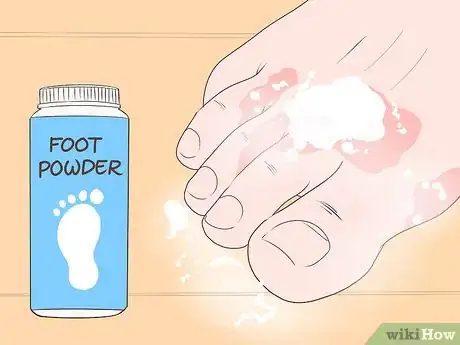

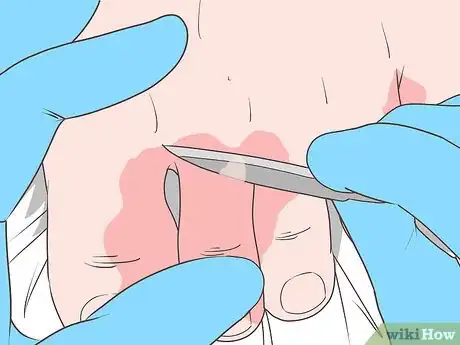

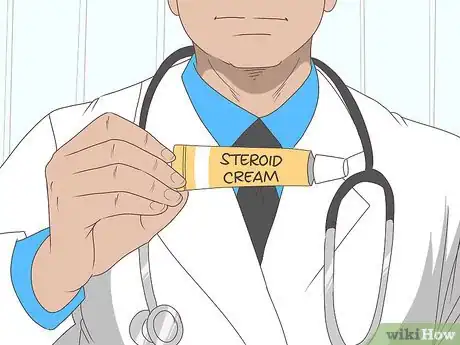
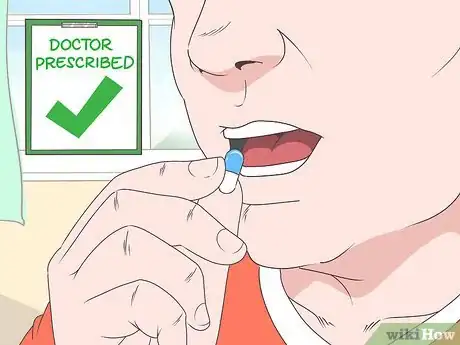

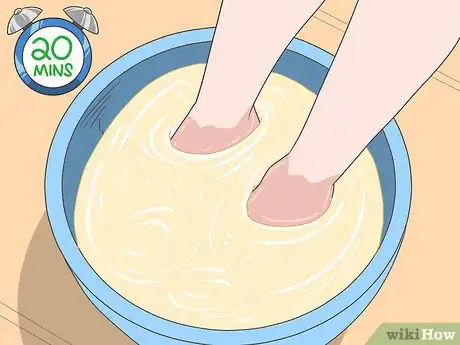


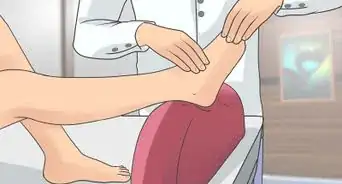
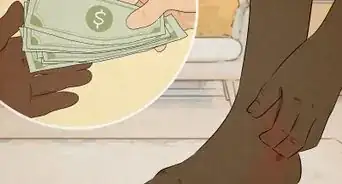

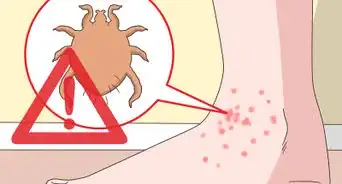

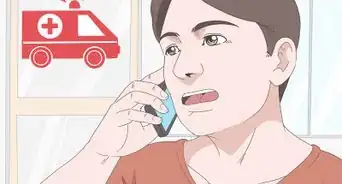
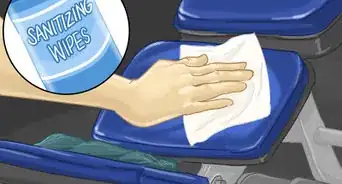
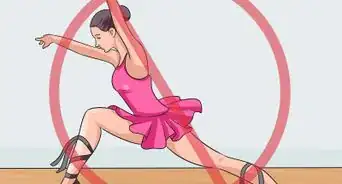

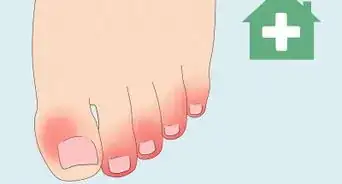
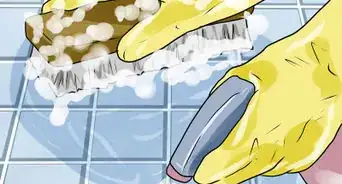
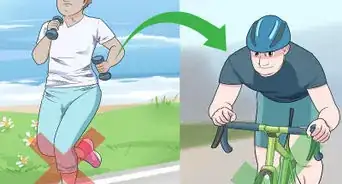
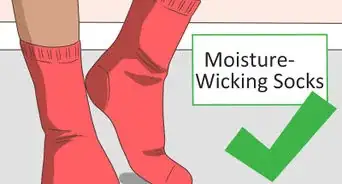
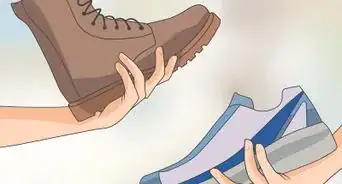







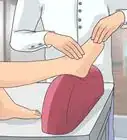
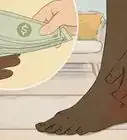

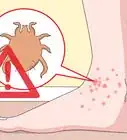



































Medical Disclaimer
The content of this article is not intended to be a substitute for professional medical advice, examination, diagnosis, or treatment. You should always contact your doctor or other qualified healthcare professional before starting, changing, or stopping any kind of health treatment.
Read More...